The Inca civilization is known for its impressive engineering and architectural feats, as well as its unique religious practices. One of the most fascinating aspects of Inca culture is the practice of human sacrifice. In 1995, a team of archaeologists discovered the mummified remains of a young girl on Mount Ampato in Peru. The discovery shocked the world and immediately sparked interest among historians and archaeologists alike.
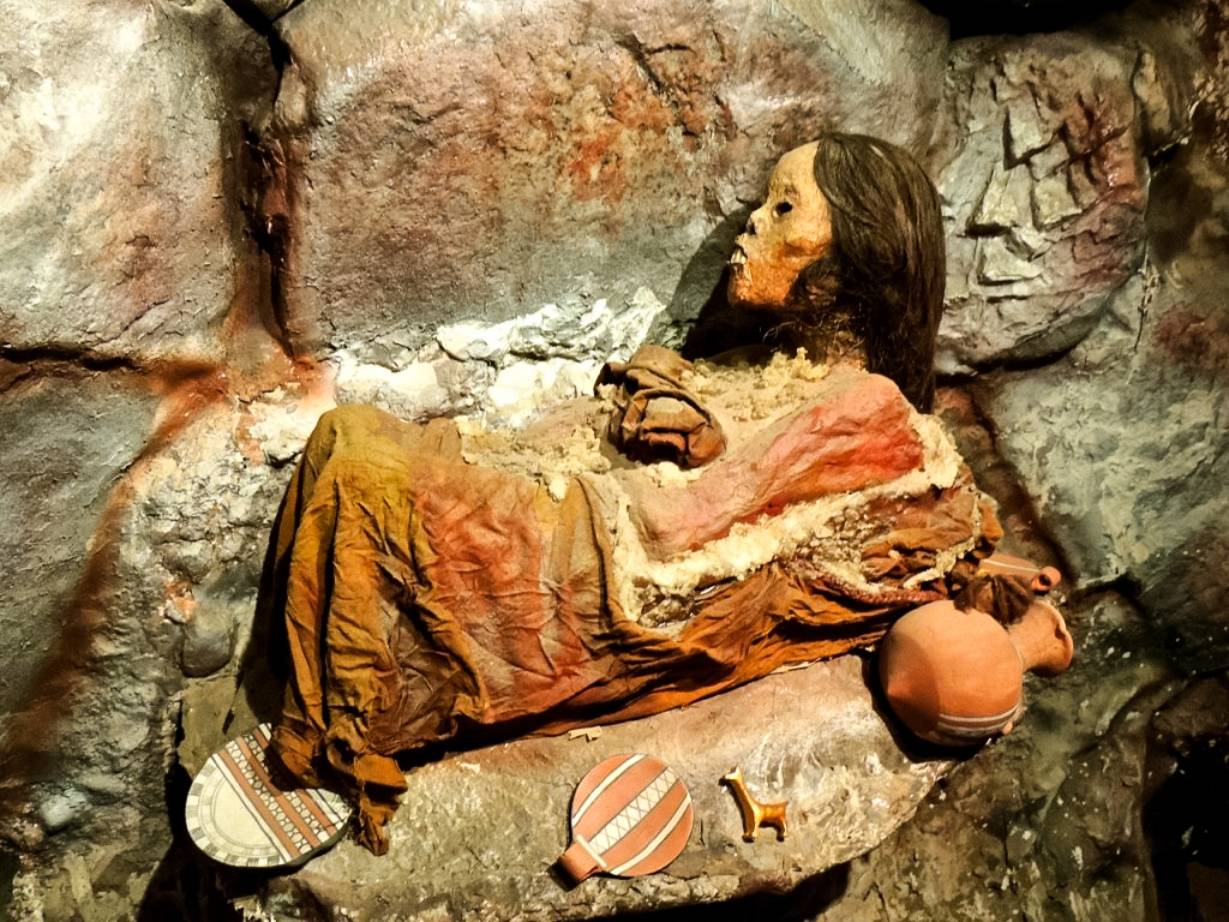
The girl, now known as Mummy Juanita (Momia Juanita), or Inca Ice Maiden, or Lady of Ampato, was believed to be a sacrifice to the Inca gods over 500 years ago. In this article, we will explore the fascinating story behind Mummy Juanita, including the significance of the Inca practice of human sacrifice, the discovery of the mummy, and what we have learned from her well-preserved remains. Let’s journey back in time and learn about this remarkable piece of history.
Human sacrifice in Inca culture and Mummy Juanita
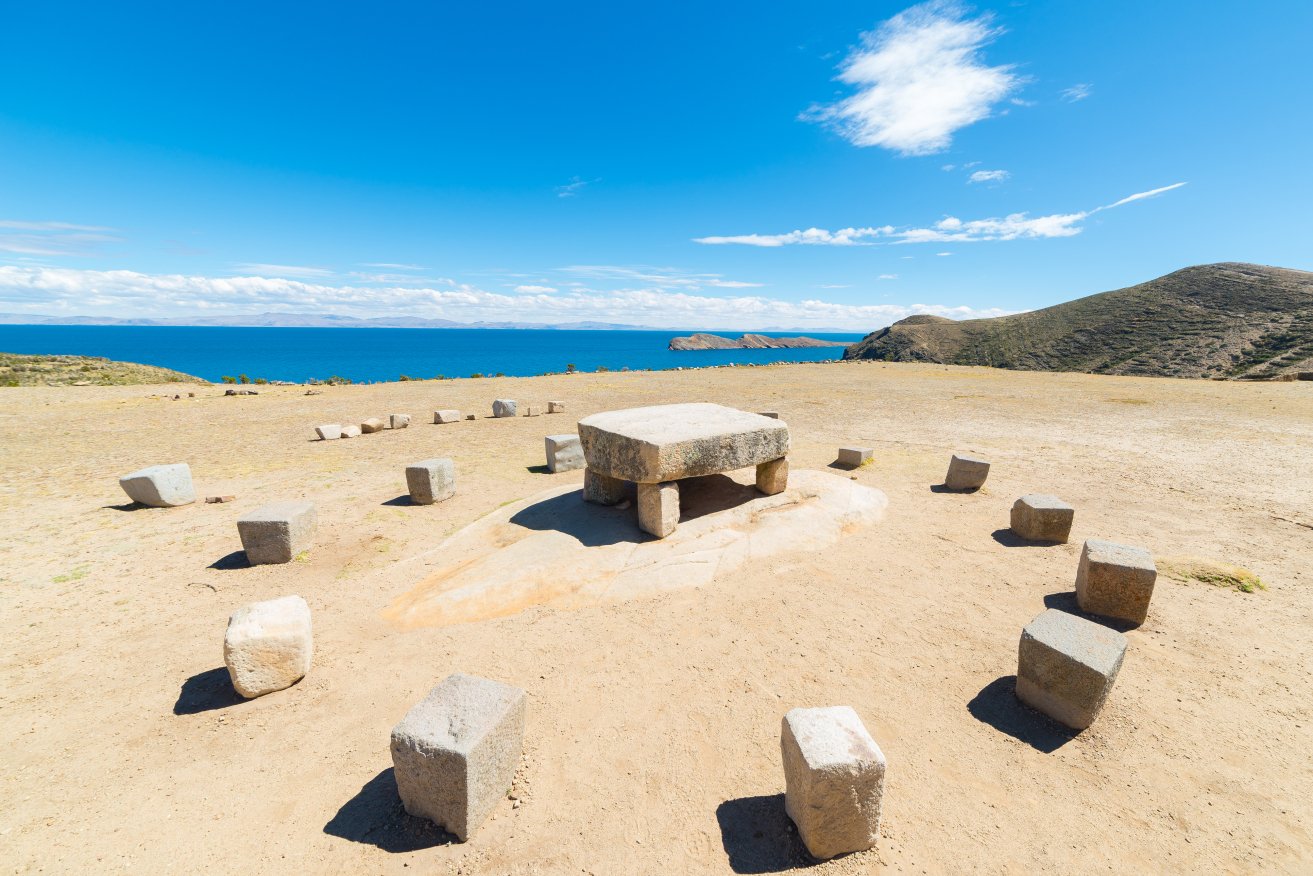
Human sacrifice was an integral part of Inca culture, and it was believed to be a way to appease the gods and keep the universe in balance. The Incas believed that the gods controlled all aspects of life, and it was the responsibility of humans to keep them happy. To do this, they offered sacrifices of animals, food, and, in some cases, humans. Human sacrifice was reserved for the most important ceremonies, such as the Inti Raymi or the Festival of the Sun. These sacrifices were carefully chosen from the most physically perfect members of society and were typically volunteers.
The individual selected for sacrifice was considered a hero, and their death was seen as an honor. The sacrifice of Mummy Juanita, also known as the Inca Ice Maiden, is one of the most well-known examples of human sacrifice in Inca culture. She was a young girl who was sacrificed in the 15th century and discovered in 1995 on top of Mount Ampato in Peru. Her body was perfectly preserved due to the cold temperatures on the mountain.
It is believed that Mummy Juanita was sacrificed to the gods to ensure a good harvest and to prevent natural disasters. Researchers have suggested that she was a victim of an important Incan sacrificial rite known as Capacocha (Capac Cocha), which has sometimes been translated as ‘royal obligation’.
While human sacrifice may seem barbaric to us today, it was an essential part of Inca culture and played a significant role in their religious beliefs and practices. The Incas believed that offering the most valuable thing they had, human life, was the ultimate sacrifice they could make to their gods. And while we may not agree with the practice today, it is important to understand and respect the cultural beliefs of our ancestors.
The discovery of Mummy Juanita
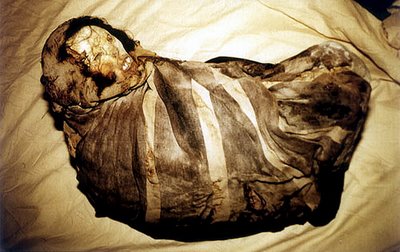
The discovery of Mummy Juanita is a fascinating story that started in 1995 when archaeologist Johan Reinhard, and Miguel Zarate, his assistant, stumbled upon her remains on top of Mount Ampato in the Peruvian Andes. At first, they thought that they had found a frozen hiker, but on closer inspection, they realized that they had discovered something much more significant – an ancient Incan mummy.
This find was made possible thanks to the melting of Mount Ampato’s snowcap, which was caused by volcanic ash that came from the eruption of a nearby volcano. As a result of this melting, the mummy was exposed, and tumbled down the mountainside, where it was subsequently found by Reinhard and Zarate. During a second expedition up the mountain in October of the same year, the frozen mummies of two more individuals were uncovered in a lower area of Mount Ampato.
During the discovery, Mummy Juanita’s remains were so well-preserved that it was almost as if she had just died. Her skin, hair, and clothing were all intact, and her internal organs were still in place. It was clear that she had been sacrificed to the gods, and her body had been left on the mountain as an offering.
The discovery of Mummy Juanita was groundbreaking in the field of archaeology. It provided scientists with a rare opportunity to closely study the Inca culture and the practice of human sacrifice. It also gave us a glimpse into the life of an Inca girl who had lived more than five centuries ago. Mummy Juanita’s discovery and subsequent research have provided valuable insights into the Inca culture and their beliefs. It is a reminder of the importance of preserving history and culture for future generations to learn from and appreciate.
Capacocha – ritual sacrifice
According to researchers, Mummy Juanita was sacrificed as part of a rite known as Capacocha. This rite required the Inca to sacrifice the best and healthiest amongst them. This was done in an attempt to appease the gods, thereby ensuring a good harvest, or to prevent some natural disaster. Based on the location where the girl was sacrificed, it has been suggested that the ritual may have been connected to the worship of Mount Ampato.
Juanita’s death
When Mummy Juanita was discovered, she was wrapped up in a bundle. Apart from the remains of the young girl, the bundle also contained various artifacts, including numerous miniature clay statues, shells, and gold objects. These were left as offerings to the gods. Archaeologists have proposed that these objects, along with food, coca leaves, and chicha, an alcoholic drink distilled from corn, would have been brought by the priests as they led the girl up the mountain.
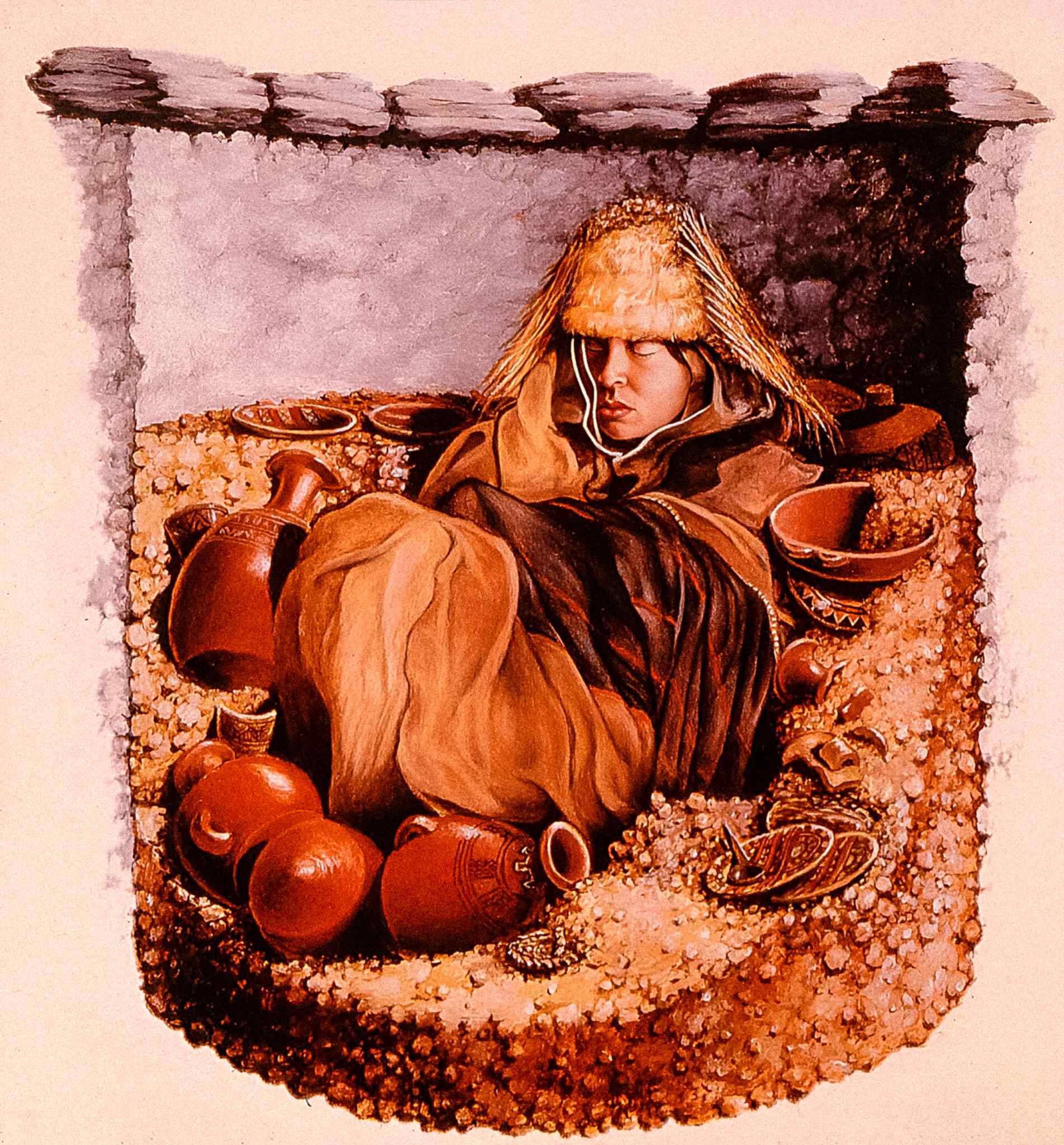
The latter two would have been used to sedate the child, said to be a common practice used by the Incas before they sacrificed their victims. Once the victim was in this intoxicated state, the priests would carry out the sacrifice. In the case of Mummy Juanita, it was revealed with radiology, that a club blow to the head caused massive hemorrhage, resulting in her death.
Artifacts found with Mummy Juanita
Artifacts found with Inca Ice Maiden include textile fragments, 40 pieces of pottery shades, delicate woven sandals, weaving clothes, decorated wooden utensils a doll-like figurine with llama bones and corn. Archaeologists inferred from that is that gods were an exceptionally important part on the Incan culture and all of this was for them.
The preservation and significance of Mummy Juanita’s remains
Mummy Juanita’s well-preserved remains have been studied extensively and have revealed important insights into Inca culture and rituals. The preservation of Mummy Juanita’s remains is a fascinating aspect of her story. The extremely cold temperatures at the top of the mountain allowed her body to remain preserved for centuries. The conditions of the ice prevented any decomposition and even her internal organs were found to be intact. This level of preservation has allowed scientists to learn a lot about the Inca people and their way of life, like their food habits, variety on intake and health hazards.
According to researchers, Mummy Juanita was only between 12 and 15 years old when she died. The scientific isotopic analysis of her hair samples – which was made possible as it was so well preserved – provided researchers with information about the girl’s diet. It indicates that this girl was selected as a sacrificial victim about a year before her actual death. This is marked by a change in diet, which was revealed through the isotopic analysis of her hair.
Before being chosen for the sacrifice, Juanita had a standard Incan diet, which included potatoes and vegetables. This changed, however, about a year prior to the sacrifice, as it was found that she began to consume animal proteins and maize, which were the foods of the elites.
The cultural significance of Mummy Juanita’s remains also cannot be overstated, as she was a sacrifice made by the Inca people to appease their gods. Her sacrifice was seen as an offering to the gods, and it was believed that her death would bring prosperity, health, and safety to the Inca people. The study of her remains has allowed scientists to gain insight into Inca rituals, their beliefs, and their way of life. It has also allowed us to learn about the health and nutrition of the Inca people during that time. Her story is a unique and fascinating one that has captivated people around the world.
The ongoing research and study of Mummy Juanita
The story of Mummy Juanita, the Inca Ice Maiden, is a fascinating one that has captured the attention of people around the world. Her discovery in 1995 on Mount Ampato has led to numerous studies and research into her life and death. The ongoing study of Mummy Juanita has provided valuable insights into the Inca culture and their beliefs surrounding human sacrifice. Scientists have been able to determine her age, health status, and even what she ate in the days leading up to her death.
Additionally, her clothing and artifacts discovered around her body have provided clues about the Inca civilization’s textiles and metalwork. But there is still much to be learned and discovered about Mummy Juanita. Ongoing research into her remains and artifacts will continue to provide us with new insights into the Inca culture and their beliefs. As we continue to learn more about Mummy Juanita, we will gain a greater appreciation for the rich history and culture of the Andean region.
The current location of Mummy Juanita
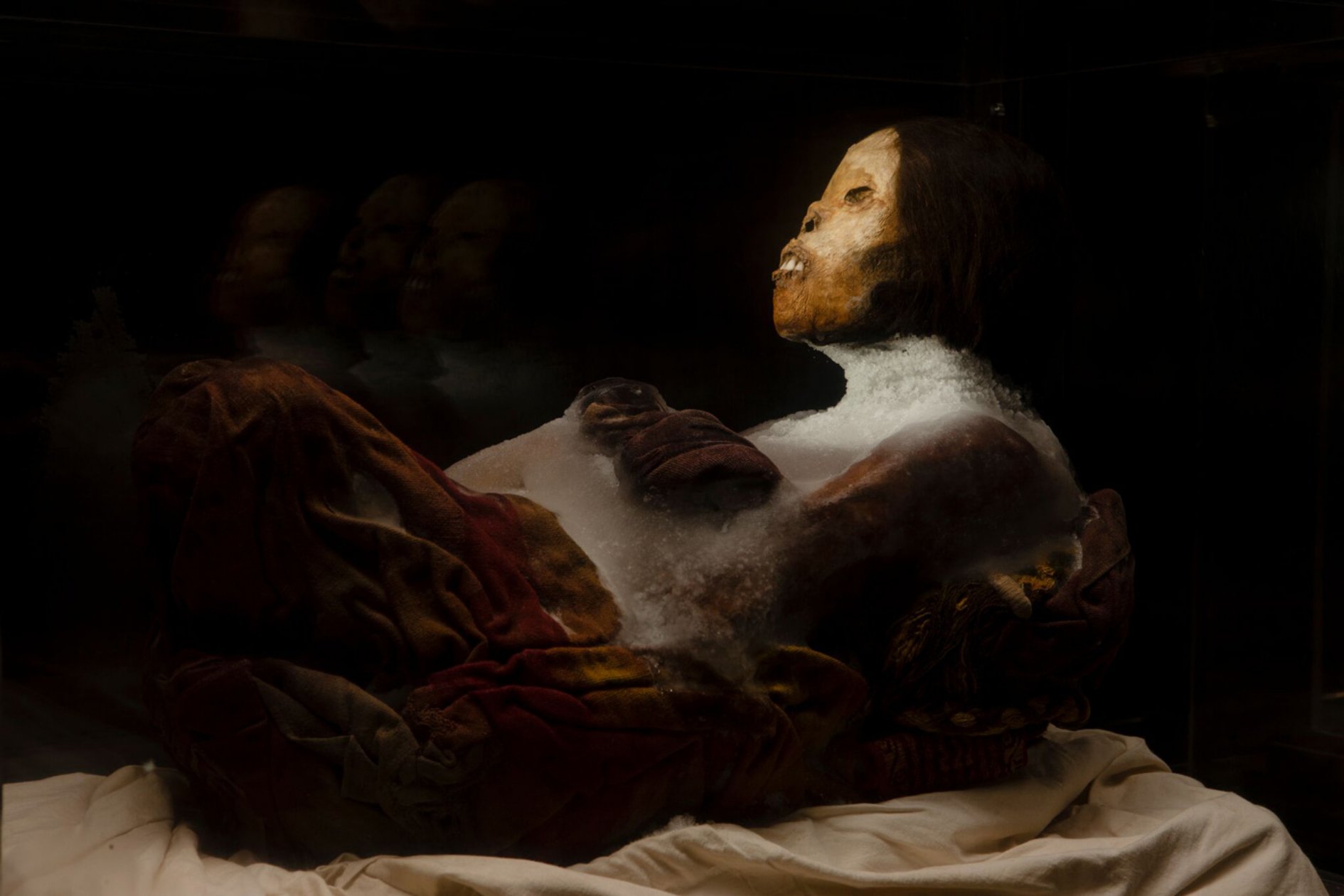
Today, Mummy Juanita is being housed in the Museo Santuarios Andinos in Arequipa, a city not far from Mount Ampato. The mummy is kept in a special case that carefully maintains the temperature and humidity within it, to ensure the preservation of these remains for the future
Kliem finali
In conclusion, the story of Mummy Juanita is a fascinating one, and it gives us a glimpse into the religious and cultural practices of the Inca civilization. It is amazing to think that this young girl was sacrificed nearly 500 years ago and her body is still preserved in such an incredible state.
It is also interesting to consider the reasons behind her sacrifice and what it meant to the Inca people. While it may seem strange and barbaric to us today, it was a deeply ingrained part of their belief system and way of life. Mummy Juanita’s discovery has helped shed light on an ancient culture and given us a better understanding of what life was like for the Inca people. Her legacy will continue to be studied and admired for years to come.




